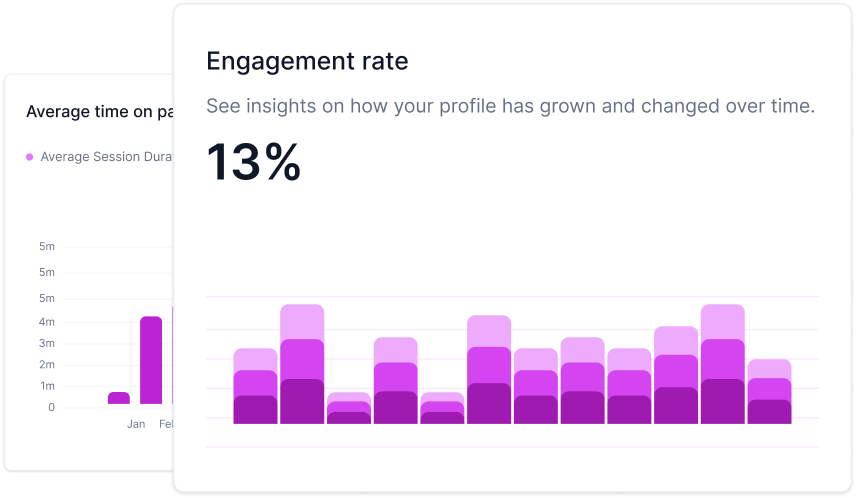What is the AIDA model?
The AIDA model is a classic marketing framework that delineates the stages a consumer goes through from the moment they first learn about a product or service to the time they decide to make a purchase. Broken down, it stands for:
- Attention: Capturing the audience's notice.
- Interest: Piquing their curiosity about the benefits or specifics of the offering.
- Desire: Amplifying the emotional connection, making them want the product or service.
- Action: Propelling the consumer to take a definitive step, be it a purchase, a sign-up, or another conversion goal.
How does it outline the customer journey?
Envision the AIDA model as a funnel. At the top, a broad audience becomes aware of a product (Attention). As they move downwards, fewer remain, but those who do grow in potential value. They develop an interest, cultivate a desire, and finally, a fraction takes the desired action, like purchasing. This funnel-shaped journey demonstrates the narrowing down of a vast audience to a core group of converted customers.
How can I effectively apply the AIDA model in my marketing and advertising campaigns?
Implementing the AIDA model in campaigns requires a segmented approach:
- For Attention: Use striking visuals, powerful headlines, or compelling ad placements. This could be a vibrant banner ad or a captivating social media post.
- For Interest: Share more information about the product. Blog posts, detailed videos, or webinars can be used to explain the product's benefits and features.
- For Desire: Build emotional connections. Testimonials, reviews, or stories showing the product's impact can help establish this connection.
- For Action: Provide clear calls-to-action (CTAs). Whether it's a "Buy Now" button or a sign-up form, ensure the process is straightforward and enticing.
What are examples of successful marketing campaigns or strategies that utilized the AIDA model?
One iconic example is Apple's iPhone campaigns.
- Attention: Apple's minimalist ads, with just the iPhone image and the tagline "This changes everything. Again.", immediately grabbed eyeballs.
- Interest: They followed with detailed product presentations, showcasing the features and capabilities.
- Desire: Through user testimonials and showcasing the iPhone's lifestyle integration, Apple made it more than a phone – it became a status symbol.
- Action: Finally, with pre-order announcements and in-store availability, Apple prompted consumers to take the purchasing step.

